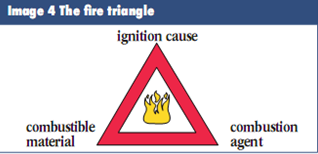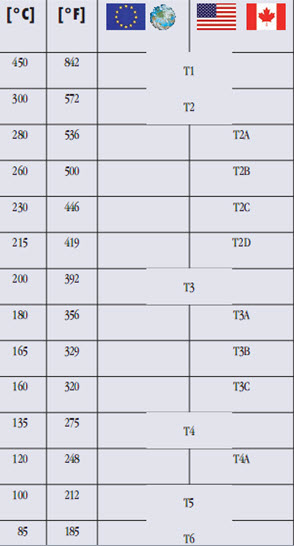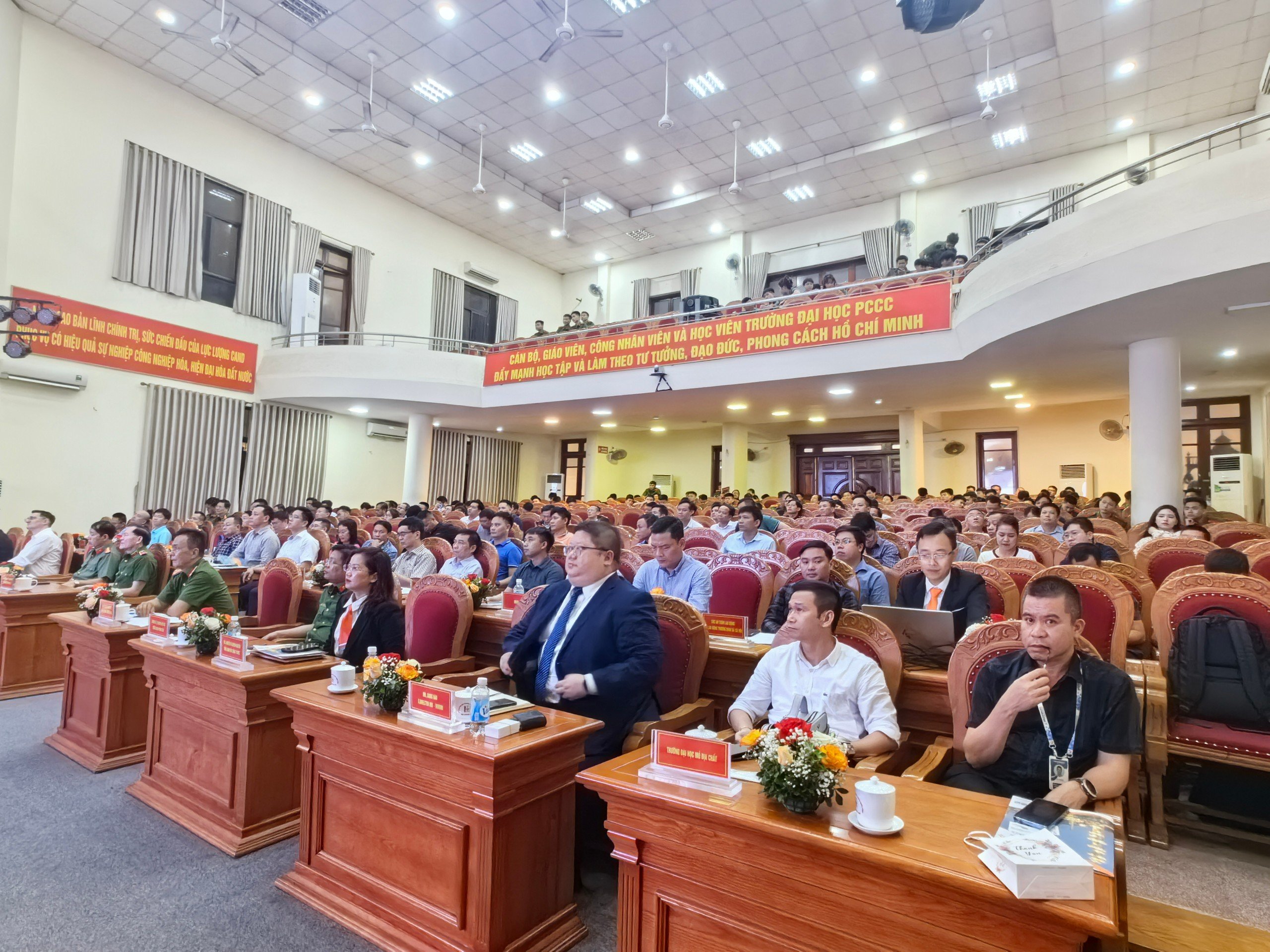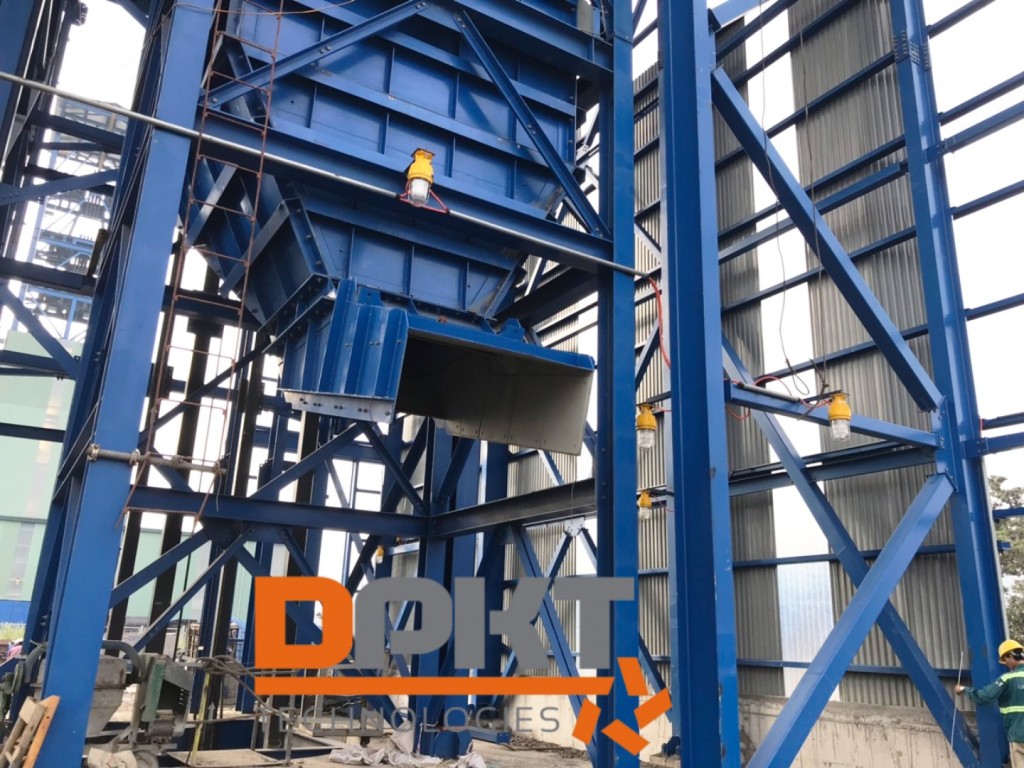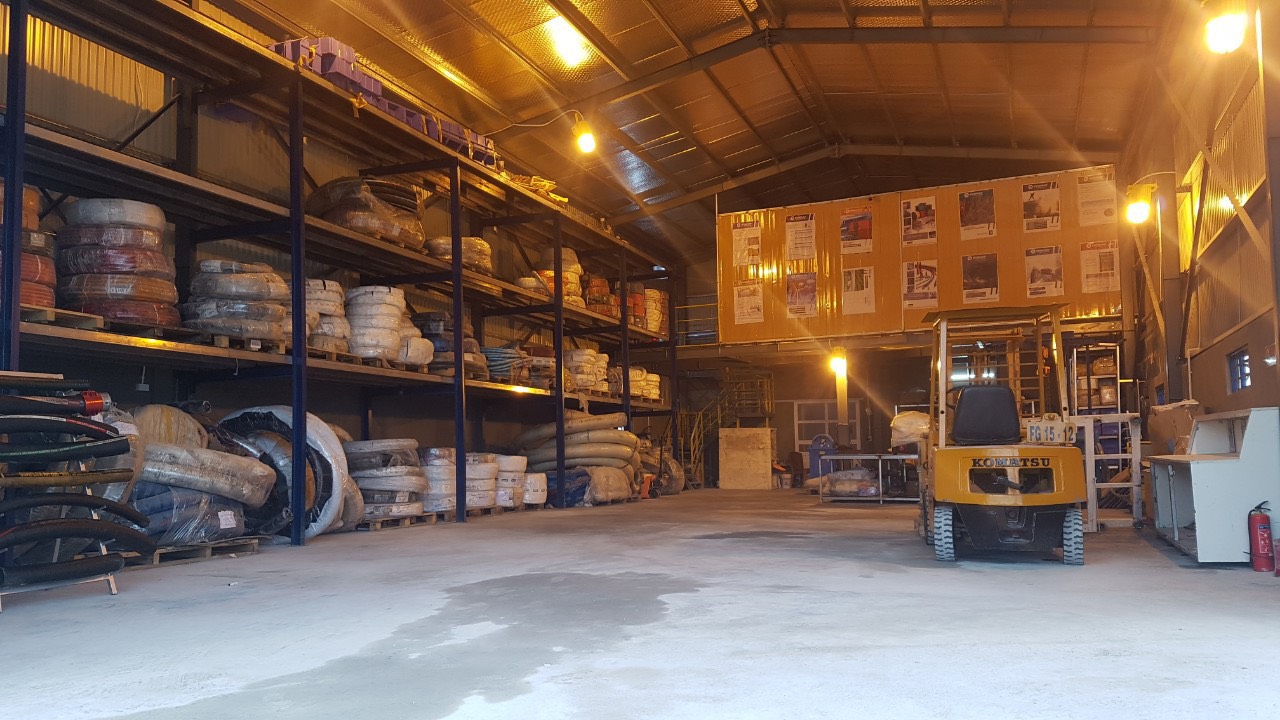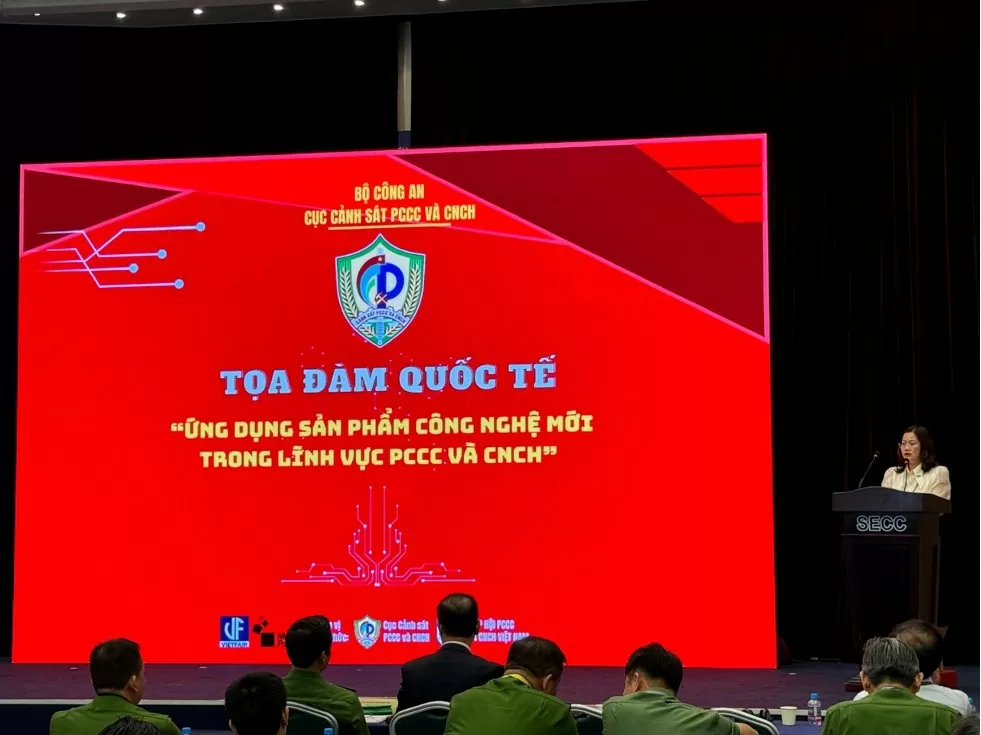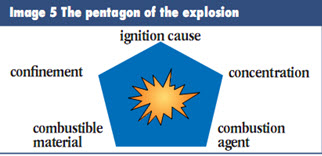
1. What is Explosion Proof:
The term explosion proof describes electrical and non-electrical fixtures that can prevent explosions from occurring, and withstand explosions when they occur. An electrical product that is marked explosion-proof means that this product has an apparatus enclosed in a case that is capable of withstanding an explosion of a specific gas or vapor that may occur within it. It also has the capability of preventing the ignition of a specified gas or vapor surrounding the enclosure by sparks, flashes, or explosion of the gas or vapor within, and it operates at such an external temperature that a surrounding flammable atmosphere will not be ignited as per National Fire Protection Association (NFPA) USA, under Standard No. 70, Article 100, of the National Electric Code.
An explosion-proof product is usually housed in a frame made of cast aluminum or stainless steel, engineered and constructed to contain a flash or explosion. To fulfill an explosion-proof rating, an enclosure should contain any explosion originating within its housing and prevent sparks from within its housing from igniting vapors, gases, dust or fibers in the air surrounding it.
2. The elements of fire or explosion:
This will happen by reason of the familiarity we will achieve with the “risk analysis” tool, which will consider whether the potential ignition sources are present or not and, if present, what they are worth and what effects they can produce in case of contact with a potentially explosive mixture inside its explosive ranges. The sources to take into consideration are:
- Hot surfaces;
- Flames and hot gases (hot particles included);
- Mechanically generated sparks;
- Electrical equipment;
- Stray electrical currents, cathodic corrosion protection;
- Static electricity;
- Electromagnetic waves;
- Ionizing radiations;
- Ultrasound;
- Adiabatic compression and shock waves;
- Exothermic relations, self-ignition of dust included.
3. Zone Definition:
Division 2 or Zone 2 area
This is a step up from the safe area. In this zone the gas, vapor or mist would only be present under abnormal conditions (most often leaks under abnormal conditions). As a general guide for Zone 2, unwanted substances should only be present under 10 hours/year or 0–0.1% of the time.
Division 1 or Zone 1 area
Gas, vapor or mist will be present or expected to be present for long periods of time under normal operating conditions. As a guide for Zone 1, this can be defined as 10–1000 hours/year or 0.1–10% of the time.
Zone 0 area
Gas or vapor is present all of the time. An example of this would be the vapor space above the liquid in the top of a tank or drum. The ANSI/NEC classification method considers this environment a Division 1 area. As a guide for Zone 0, this can be defined as over 1000 hours/year or >10% of the time
4. Tempretature Classification:
The temperature class is the maximum surface or absolute temperature, depending on the protection method, that the equipment can reach while operating. The less the equipment heats up, the fewer are the chances that they cause an explosion.


